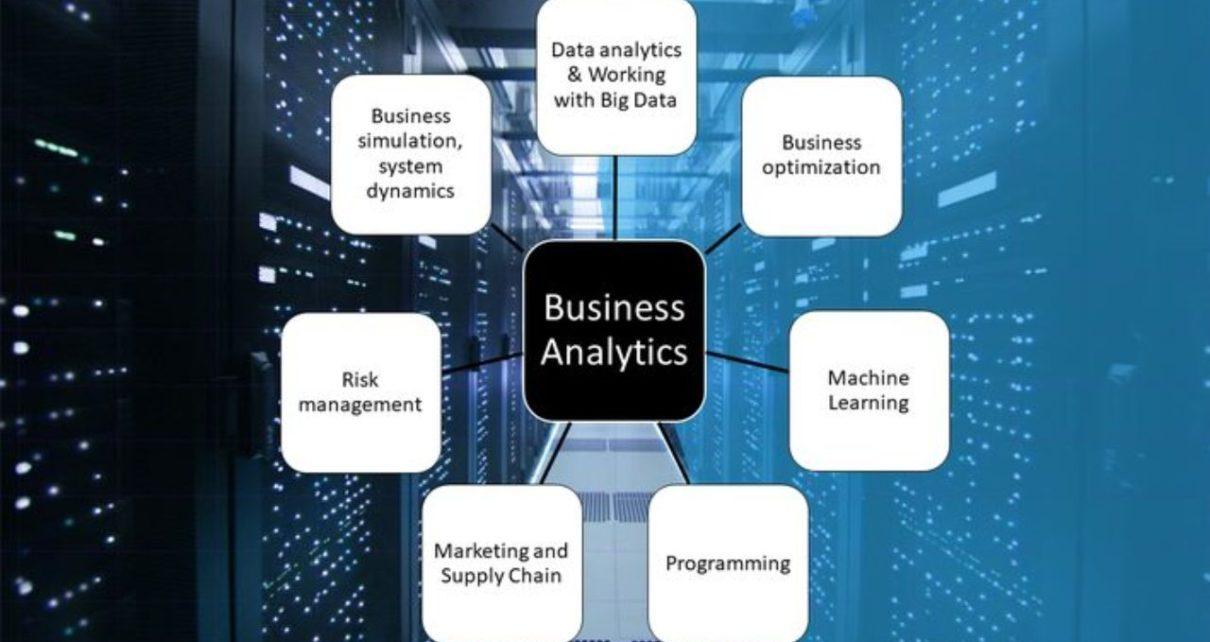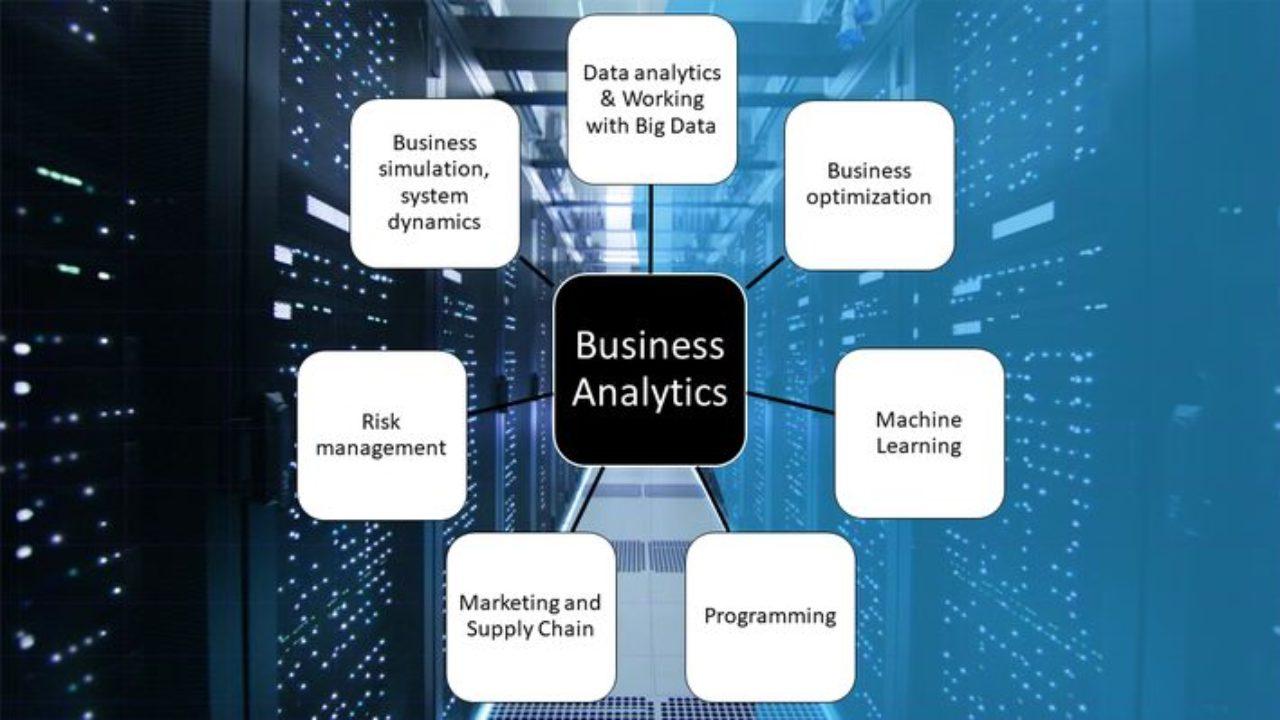If you would like to grow your small or medium-scale business, taking an advanced course in business may be necessary, especially Masters in Business Analytics if you already have Bachelor’s degree in a business-related course.
If you do not have any business, taking further education and masters in business analytics can also help you to secure jobs, some top universities do run this course online.
What is Business Analytics?
Business analytics is the computational analysis of a company’s strengths and weaknesses across all the verticals of the business.
For you to develop a winning business strategy, you’d need to collect and evaluate relevant data.
Why do you need a Company Analysis?
Business analysis helps you to develop strategies that enable you to have competitive advantages and win in the competitive market.
The principle of company analysis is quite simple, and you can carry out business analysis in these simple steps.
Step 1: Define your goals, form strategies, and collect data
Make sure there’s a structure from the start by always analyzing data in a goal-oriented manner.
Ask yourself what goals you want to achieve in the short and long term.
You should concentrate on a few concrete and realistic goals.
In the next step, ask yourself which company structures or processes are relevant to these goals and therefore need to be analyzed more carefully, and voila, that’s where you start your research.
First, describe in a completely neutral way how you have implemented your goals so far and with which means and methods this happened.
Collect internal and, if possible, external data on this. If no data is available, collect some data from sources like the Internet, via surveys, and from statistics.
For example, when it comes to sales goals such as sales or customer loyalty, you will need data on the market, the target group, and the competition.
If you are doing a personal analysis (for example. finding out whether or to what extent your management team needs to be expanded), internal employee surveys can help.
Step 2: Use the strengths-weaknesses analysis to correctly assess the internal business environment.
The next step is to group and evaluate your previous data.
- What are the internal weaknesses that prevented you from realizing your goals?
- What strengths do you have that helped you?
Analyze the current business processes, including positive and hindering factors, and come out with an honest status of the business.
Step 3: Use the opportunity-risk analysis to correctly assess the external business environment
Now, consider possible opportunities and risks in the external business environment.
- Which stakeholders or competitors could get in your way in pursuing your goals?
- Do you have to comply with legal requirements that need to be observed?
- Will these guidelines change soon? What is the general economic situation in your industry?
To determine the external opportunities and risks that affect a company, the so-called PEST analysis (Political, Economic, Sociological, Technological Change) is proven.
Based on the political, economic, socio-cultural, and technological environment of your company, you determine the most important current and future external influencers on your goal and take a closer look at them.
Step 4: Create a SWOT Matrix
To structure and interpret your collected considerations, bring them together in a SWOT matrix.
The acronym “SWOT” means “Strengths, Weaknesses, Opportunities, and Threats.
The SWOT matrix is a table in which you compare strengths, weaknesses, opportunities, and threats and derive strategies from them.
Take your time and ask yourself these questions:
- Where does one of my strengths meet an external opportunity and what can I do to use this opportunity for myself?
- Where does an internal weakness meet an external risk and how can I work on it?
The basic formula is always the same: develop strengths to take advantage of opportunities, and minimize weaknesses to offer risk fewer points of attack.
Step 5: Derive Strategies and recommendations for Action
You can now use the SWOT matrix to develop an implementation strategy and derive concrete recommendations for action.
It gives you the direction in which you should move in the future to get closer to your goal, including the good feeling of not having relied solely on your gut.













